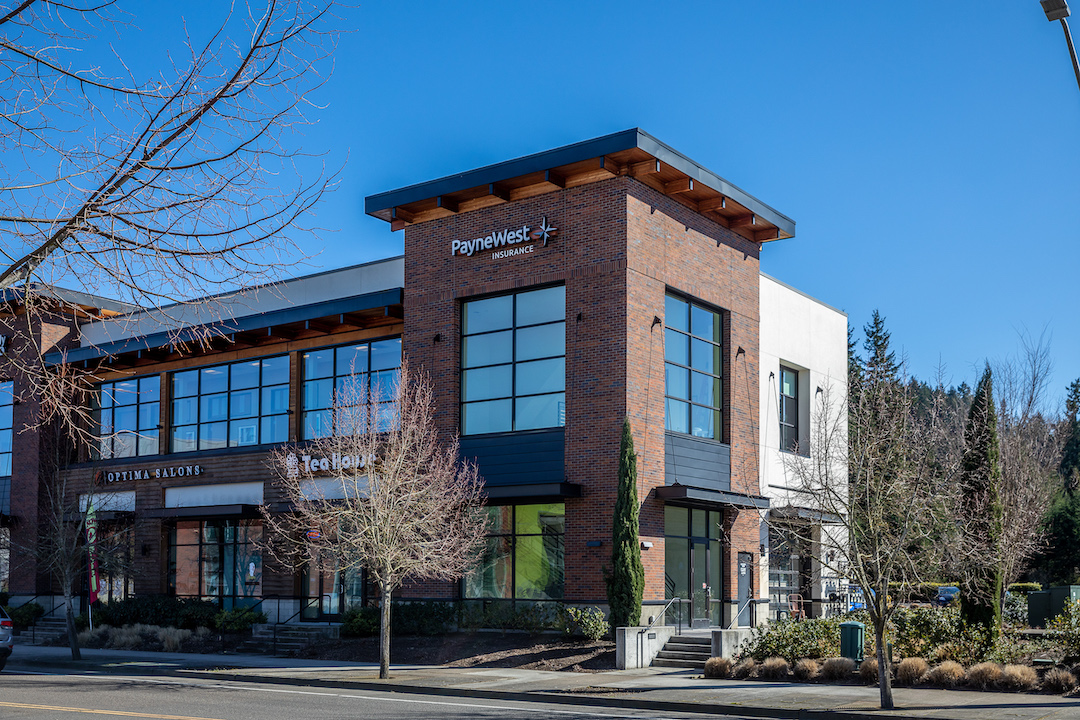Brand Story – The new normal includes monitoring, managing a growing list of liabilities.
Construction contractors are enjoying a welcome surge in activity — reshaping the landscape with new homes and buildings, updating infrastructure and retrofitting to comply with revamped sustainability standards. Amid this buzz, the industry is constructing a new model for itself. Instead of steel, asphalt or cables, the current blueprint calls for building safeguards against cyberattack, social inflation, supply chain bottlenecks and other perils.
Construction contractors must confront these emerging risks head on or risk devastating repercussions. These new vulnerabilities are harder to control than those inherent in constructing a building or road. And as the exposure landscape shifts, those with bigger assets can expect bigger liability.
One of the biggest and most potentially damaging vulnerabilities is cybercrime. Traditionally dealing with hands-on work, “construction firms, at first, weren’t especially vulnerable to online crime, so they were slow to beef up their cybersecurity profile,” said Andy Oldenburg, business insurance sales executive for PayneWest Insurance.
 Andy Oldenburg of PayneWest Insurance
Andy Oldenburg of PayneWest Insurance
Unfortunately, that bubble burst and contractors now are prime targets. “In fact, they should assume it’s not a matter of if they’ll be a victim of a cyber attack, but when,” Oldenburg said.
In a hard look at the numbers, 93% of responding construction companies reported a cyber incident, according to statistics provided by Kroll Global Fraud and Risk Report 2017-18. Up 16% from 2016, it was the largest increase in any industry, so it’s easy to see that the risk of attack is worth the cost of prevention.
“It only takes one person in your organization to click one bad link or open one bad attachment, and the entire organization has been breached,” Oldenburg said. “And both the contractor and the client are in danger of being hacked.
“In the last 18 months, on three separate occasions, my clients were attacked, two of which were $400,000 attempts at theft,” he said.
New technology has been a boon for construction contractors. The benefits are numerous — easier tracking of materials, more efficient invoicing, safer work sites, better scheduling and communication, and the ability to take on more complex projects with greater efficiency.
These advances are a double-edged sword, opening the door for cyber thieves. Invoices and agreements between suppliers, contractors and clients are now backed up in the cloud, and the threat of ransomware and other attacks looms large.
What’s more, the timeframe to discovery can be months after the cybercrime occurs and could take years to resolve, inflicting grave reputational damage and other long-term, potentially catastrophic consequences.
Compounding the impact on the construction industry’s bottom line, insurance costs are going up while coverage is decreasing, forcing some companies to seek out additional protection in the secondary market at added expense.
Another big game changer for the construction industry’s risk management is social inflation. A societal shift in anti-corporate sentiment, increased litigation, political uncertainty, economic turmoil and higher jury award payouts have created a ripple effect resulting in higher insurance premiums and claim costs.
“Actuaries can point to costs and average payouts. But now when there’s an accident, it goes to a jury that says ‘give him more money.’ Our industry is of the belief there’s a generational change. Younger juries are more supportive of the ‘little guy,’ more anti-business, pro-people. The math is changing,” Oldenburg said.
 PayneWest Insurance’s offices in Beaverton
PayneWest Insurance’s offices in Beaverton
The prevalence of these large verdicts is trending upward. According to VerdictSearch, a review of reported U.S. cases shows more than a 300% rise in the frequency of $20 million or higher verdicts in 2019 from the annual average from 2001 to 2010.
“Contractors can’t control these risks nearly as well as constructing a building,” Oldenburg said. But having a well-executed risk management plan will help contractors prevent or mitigate these growing losses.
In Oregon, and along the entire West Coast, wildfires and other natural disasters are inflating property insurance, adding another real cost to the price tag of a new building.
So before construction contractors get to work on major projects, they need to get their own house in order with a new set of tools. Good employee training and supervision can control some of the workplace risks, but not all.
Nowadays, companies must be sure they are covered from a growing list of liabilities. The cost of insurance outweighs potential monumental financial risks. Having an agent who simply sells insurance is no longer enough. A risk manager who does more than provide an umbrella policy is vital. But if the cost seems too good to be true, it probably is. You get what you pay for, and the lowest possible premium isn’t always the wisest choice.
Practicing due diligence in protecting assets and ensuring vigilance with robust insurance policies can help the construction industry get back to the work at hand.
Brand stories are paid content articles that allow Oregon Business advertisers to share news about their organizations and engage with readers on business and public policy issues. The stories are produced in house by the Oregon Business marketing department. For more information, contact associate publisher Courtney Kutzman.




